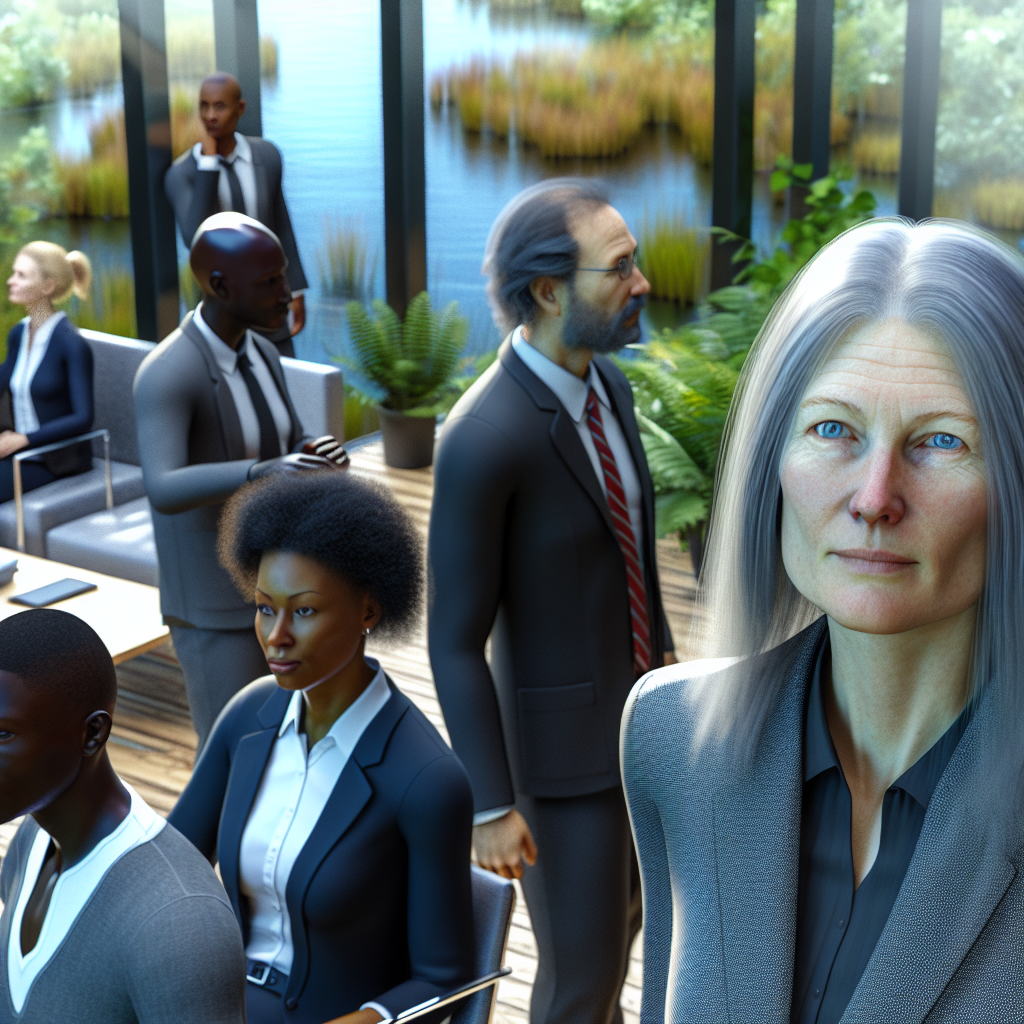Revolutionizing Employee Engagement: The Role of Gamification in Workplace Productivity

Employee engagement has always been the elusive holy grail of workplace productivity. Businesses, whether small startups or vast conglomerates, have long sought to crack the code of motivation and efficiency. As the lines blur between professional and personal life, thanks to ever-evolving technology and changing social norms, one intriguing method is gaining momentum: gamification.
Contrary to the stereotype of games as merely entertainment or, perhaps, as juvenile distractions, their principles can be powerful tools for enhancing employee engagement. But what exactly is gamification, and why does it have such potential to re-energize the workplace? Further, can a concept born from fun and leisure genuinely revolutionize business productivity?
Understanding Gamification
Gamification, at its core, involves applying game-design elements and principles in non-game contexts. It’s not about turning the office into an arcade but rather about borrowing elements that make games compelling such as points, levels, challenges, and rewards and integrating them into the workplace environment.
In the words of the famous game designer, Jane McGonigal, “Games are never only about entertainment. They’re about hard work, elaborate teamwork, and extraordinary productivity.” This perspective shifts the focus from games being a mere distraction to them being a tool of structure, achievement, and engagement.
The Science Behind Engagement
To appreciate the potential of gamification, one must first understand the psychological underpinnings of engagement. Engagement is driven by challenges, autonomy, mastery, and purpose a quartet of intrinsic motivators. Games naturally embody these motivators. They present challenges that require skill and effort, allow players freedom to experiment and learn, offer an avenue for skill mastery, and often, games provide a narrative or mission that gives players a sense of purpose.
Challenge and Reward: The feedback loop in games is immediate and clear. Players take action, receive feedback, and this cycle repeats, fostering a sense of accomplishment. In my opinion, the workplace can greatly benefit from this kind of clarity, where employees know exactly where they stand and what their next step should be.
Autonomy and Mastery: Gamification empowers individuals by allowing them to control their progress and improve their skills at their own pace. By providing teams with the autonomy to manage their projects similar to the freedom a player has to choose strategies in a game companies can enhance job satisfaction and performance.
Real-World Applications
Several companies have successfully integrated gamification into their workplace culture. For instance, tech giant Microsoft leveraged gamification to enhance their global language localization process. They created a game where employees could compete in translating and improving language text, thereby turning a mundane task into a competitive challenge that resulted in faster completion and improved accuracy.
Another example is the well-known corporate giant, Deloitte, which used gamification to overhaul its leadership training program. By introducing different levels, badges, and leaderboards, they made the learning experience more engaging and interactive, leading to a 50% rise in the completion of leadership courses.
A Personal Anecdote
During my time consulting for a mid-sized tech company, I witnessed firsthand the transformative power of gamification. The company struggled with a disengaged sales team. We introduced a gamified sales training program where sales reps could earn points for completing training modules, role-playing scenarios, and even participating in mock sales calls. Leaderboards were displayed in the office, turning learning into a friendly competition.
The results were remarkable. Not only did sales improve by 30%, but the team also became more cohesive and supportive of each other. The camaraderie that developed over shared achievements and friendly rivalries translated into a more vibrant workplace culture. According to me, this experience underscores the potential of gamification not just as a productivity tool but as a cultural catalyst.
The Counterargument: Over-Gamification
It’s important, however, to approach gamification with a healthy dose of caution. Not every aspect of work can or should be gamified, and there is a risk of trivializing tasks that require deep cognitive engagement. For example, tasks that demand creativity and innovation may not benefit from a gamified approach, which could inadvertently reduce complex thinking to a point-scoring exercise.
Additionally, not all employees respond to gamification in the same way. There are those who thrive in competitive environments and those who may feel undue pressure or stress. It’s also worth noting that the novelty of gamification can wear off, necessitating constant updates and modifications to maintain its effectiveness.
An Unconventional Observation
It might sound surprising, but in my opinion, gamification’s true potential lies not in the workplace but in education. Imagine if schools embraced the same principles of gamification turning learning into a game where students earn points, unlock levels, and embark on quests. This could potentially address issues of student disengagement and dropout rates. By creating a narrative and sense of purpose around learning, we might be able to cultivate lifelong learners, better preparing them for the dynamic workplace of the future.
Future Trends
As technology continues to evolve, so too will the methods of gamification. Virtual reality (VR) and augmented reality (AR) stand poised to further reshape the workplace, offering immersive experiences that can make remote work feel collaborative and engaging.
Moreover, as data analytics grow more sophisticated, companies will be able to tailor gamification strategies to individual employee preferences and strengths, making these initiatives more personal and effective.
In my opinion, we are only scratching the surface of what gamification can offer. Its application in personal development, mental health, and even community building promises to extend its impact far beyond the confines of the traditional office.
Gamification is no panacea for all workplace ailments, but when thoughtfully implemented, it offers a dynamic and engaging approach to enhancing productivity and morale. As businesses continue to adapt to the ever-changing landscape of work, those who embrace the playful yet powerful principles of gamification may just find themselves ahead of the game.


